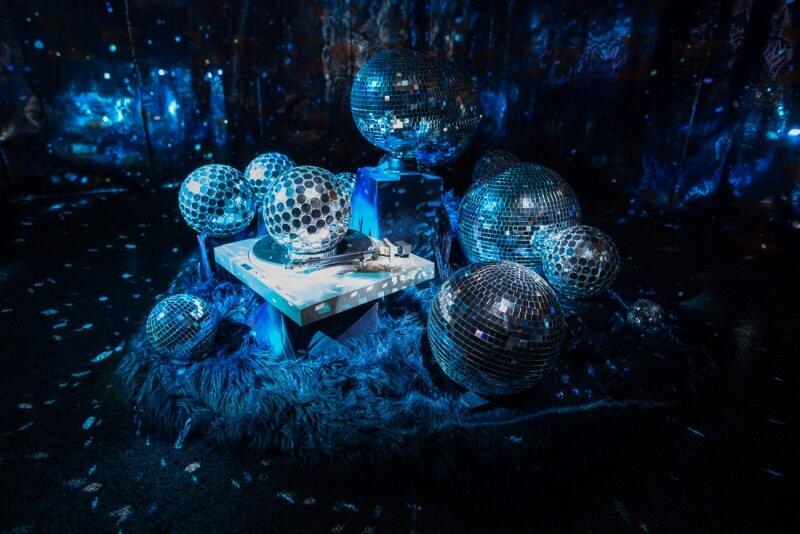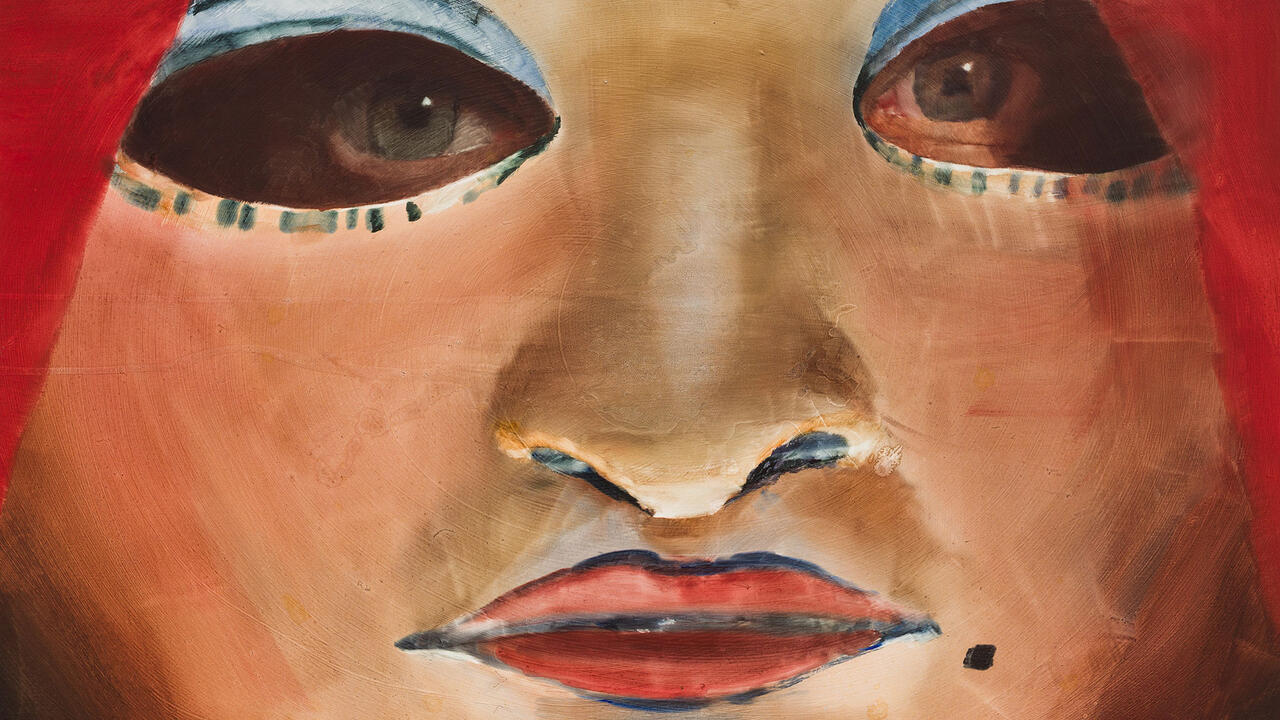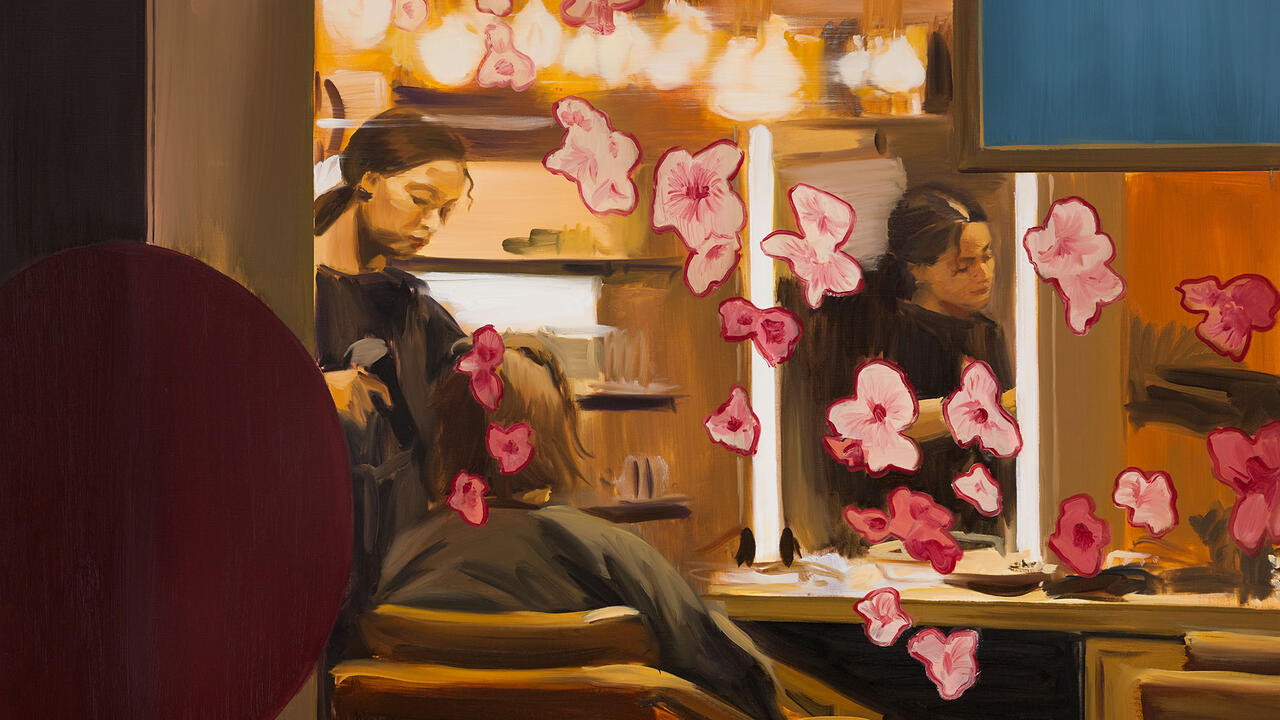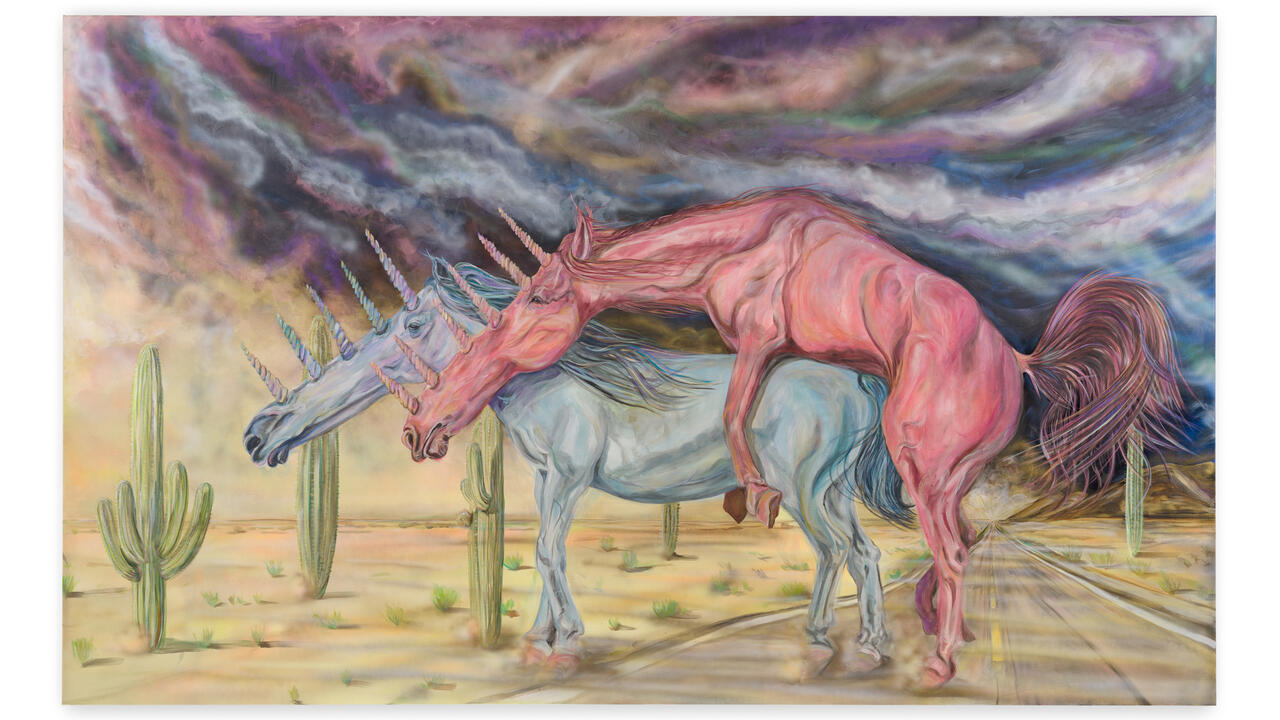The 7 Best Shows Around the World Right Now
From Dara McGrath's testament to the Irish War of Independence at Crawford Art Gallery, Cork, to Cauleen Smith's 'immersive, kaleidoscopic' solo exhibition at Los Angeles County Museum of Art, here are Frieze's must see shows
From Dara McGrath's testament to the Irish War of Independence at Crawford Art Gallery, Cork, to Cauleen Smith's 'immersive, kaleidoscopic' solo exhibition at Los Angeles County Museum of Art, here are Frieze's must see shows


Cauleen Smith
Los Angeles County Museum of Art, US
'Give It or Leave It’, Cauleen Smith’s immersive, kaleidoscopic solo exhibition at Los Angeles County Museum of Art, begins with the proposition to give instead of take. A revision of the saying ‘take it or leave it’, the title signals what Smith describes in the exhibition catalogue as an act of ‘radical generosity’ and the show – which encompasses film, video, installation and sculpture – certainly exudes generosity in its visual exuberance and celebration of utopian worldbuilding. Yet, the travelling exhibition – organized by the Institute of Contemporary Art, University of Pennsylvania – also recognizes that the habit of taking is not easily overcome. – Natalie Haddad

Janiva Ellis
Institute of Contemporary Art Miami, US
Janiva Ellis’s ‘Rats’ at the Institute of Contemporary Art Miami, her first solo museum outing, is dominated by heroically sized, glistening oil paintings thick with references to the Western canon. The heaviest example is Hollow Provocation (2021) – a fiercely chunky, semi-abstract mecha in army green cradling a shrivelled pink human – that riffs on Robert Motherwell’s series ‘Elegy to the Spanish Republic’ (1948–67). This invective moves cruelly, intimately in Bloodlust Halo (2021), where Ellis has closely re-created the grisaille composition of Walker Evans’s photograph A Child’s Grave, Hale County, Alabama (1936), adding an intestinal rose screed to its row of desaturated votives. Evans’s original photo appeared in his and James Agee’s Let Us Now Praise Famous Men (1941), a landmark publication of leftist art and sociology that depicted poor, white sharecroppers – to the omission of equally poor, perhaps longer-suffering Black ones. Agee’s tormented text summarizes the racial dynamics of the day in an anecdote about a Black couple who, when the two white journalists approached them, ran in fear. – Travis Diehl

Yael Bartana
Jewish Museum Berlin, Germany
In early 2020, as the first COVID-19 lockdowns were announced, social-media channels were filled with stories about nature’s resurgence: dolphins in the Venetian lagoon, wild boar swarming Haifa and Barcelona, Elephants ambling through a remote Chinese village. With humans locked in, the world appeared to be healing itself. That many of these stories turned out to be fake didn’t seem to matter. Call it millennial millenarianism, but who doesn’t hope – faced with rising oceans, pandemics and wars – for salvation, or something close to it? All of which makes ‘Redemption Now’, Yael Bartana’s expansive solo exhibition at the Jewish Museum Berlin, feel timelier than ever. Spanning over two decades of the Israeli-born, Berlin-and-Amsterdam-based artist’s career, many of the more than 50 works on display grapple with political narratives of collective redemption. – Boaz Levin

Lydia Ourahmane
Triangle – Astérides, Marseille, France
Throughout her practice, Lydia Ourahmane has co-opted administrative apparatus to question the legitimacy of borders and their outsized influence on colonial subjects. For her degree show at Goldsmiths University of London, for instance, the Saïda-born, London-raised artist succeeded in legally exporting the first work of art from Algeria since the country declared independence in 1962 (Third Choir, 2014). Earlier this year, Ourahmane had the entire contents of her flat in Algiers, which she had occupied since 2018, transported to Europe for ‘Barzakh’, a collaborative exhibition project by Triangle – Astérides and Kunsthalle Basel. The artist’s possessions, totalling around 5,000 objects, even included the double entrance door, 21 Boulevard Moustapha Benboulaid (entrance) (1901–2021), which, with its nine locks added during the 1990’s ‘black decade’, stands as an unequivocal testament to the Algerian Civil War (1991–2002). – Oriane Durand

Dara McGrath
Crawford Art Gallery, Cork, Ireland
Photographer Dara McGrath’s latest exhibition, ‘For Those That Tell No Talesʼ at Crawford Art Gallery, documents sites across Cork where the lives of IRA volunteers, British armed forces and civilians were lost during the Irish War of Independence (1919–21). McGrath’s photographs serve as testament to those who died a century ago, connecting their histories to the present topography. Since no witnesses to these events are alive today, we are now the guardians of these memories – and soon, others will be. – Nigel Swann

The British Art Show 9
Aberdeen Art Gallery, UK
In Aberdeen – on Scotland’s east coast – the long-awaited British Art Show 9 (BAS9) opened at the Art Gallery & Museum on 10 July. ‘Britishness’ is a disputed identity in Scotland, and grouping artists together under such a rubric seems itself controversial in 2021. Shows with a broad remit invariably evoke questions with equally broad answers (and curatorial ambitions): is contemporary art a reaction to social, political and local specificities or is it active in creating new utopic, progressive impulses? The BAS9 aspires to ask both. It’s a five-yearly snapshot of artistic production among 47 artists in Britain and a touring exhibition (curated by Irene Aristizábal and Hammad Nasar) that feeds into the communities – first Aberdeen, and later Wolverhampton, Manchester and Plymouth – in which it lands. Its success lies not only in how it appears in the pristine galleries of Aberdeen’s newly refurbished museum but also in the schools and streets that the programme seeks to reach. – Sean Burns

Eileen Agar
Whitechapel Gallery, London, UK
As Whitechapel Gallery’s ‘Angel of Anarchy’ retrospective makes clear, Eileen Agar never chose to be a surrealist. Rather, her work was chosen for the influential 1936 International Surrealist Exhibition at London’s New Burlington Galleries in 1936 by the artist Roland Penrose and critic Herbert Read, leading her into a lifelong association that has masked the complexities of her relationship with the movement. Spanning the artist’s 70-year career, ‘Angel of Anarchy’ situates Agar not just within British surrealism, which drew various talented female painters into its orbit, nor within French surrealism, with its notorious positioning of women as objects of fascination. Rather, it highlights her efforts to combine aspects of surrealism and cubism into a body of work that challenged the male dominance of both movements and was, above all, profoundly individualistic. – Juliet Jacques
















